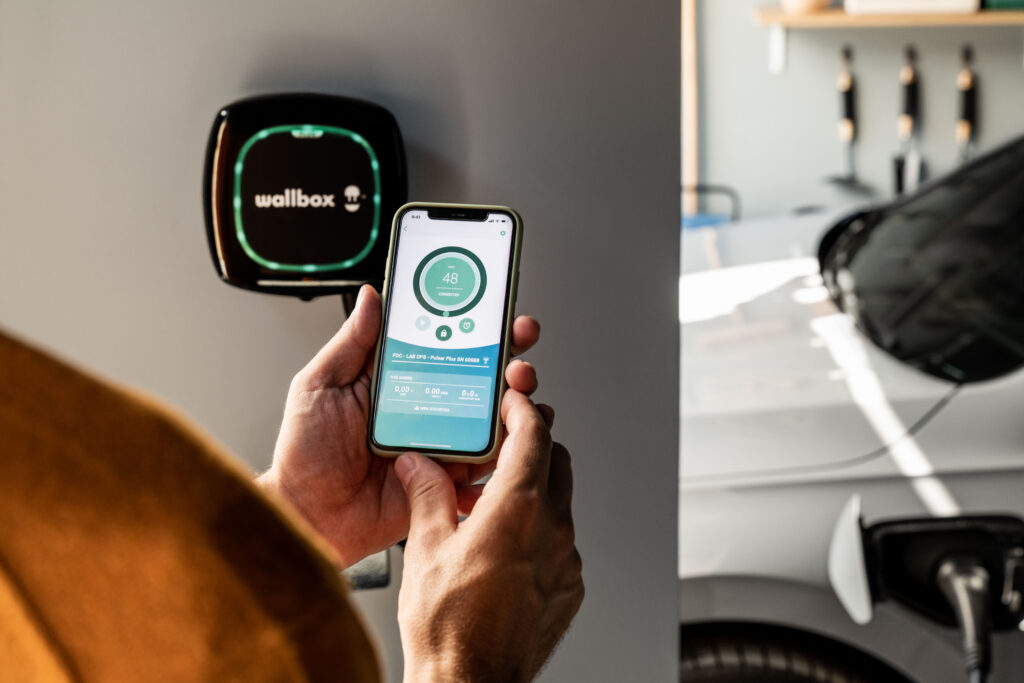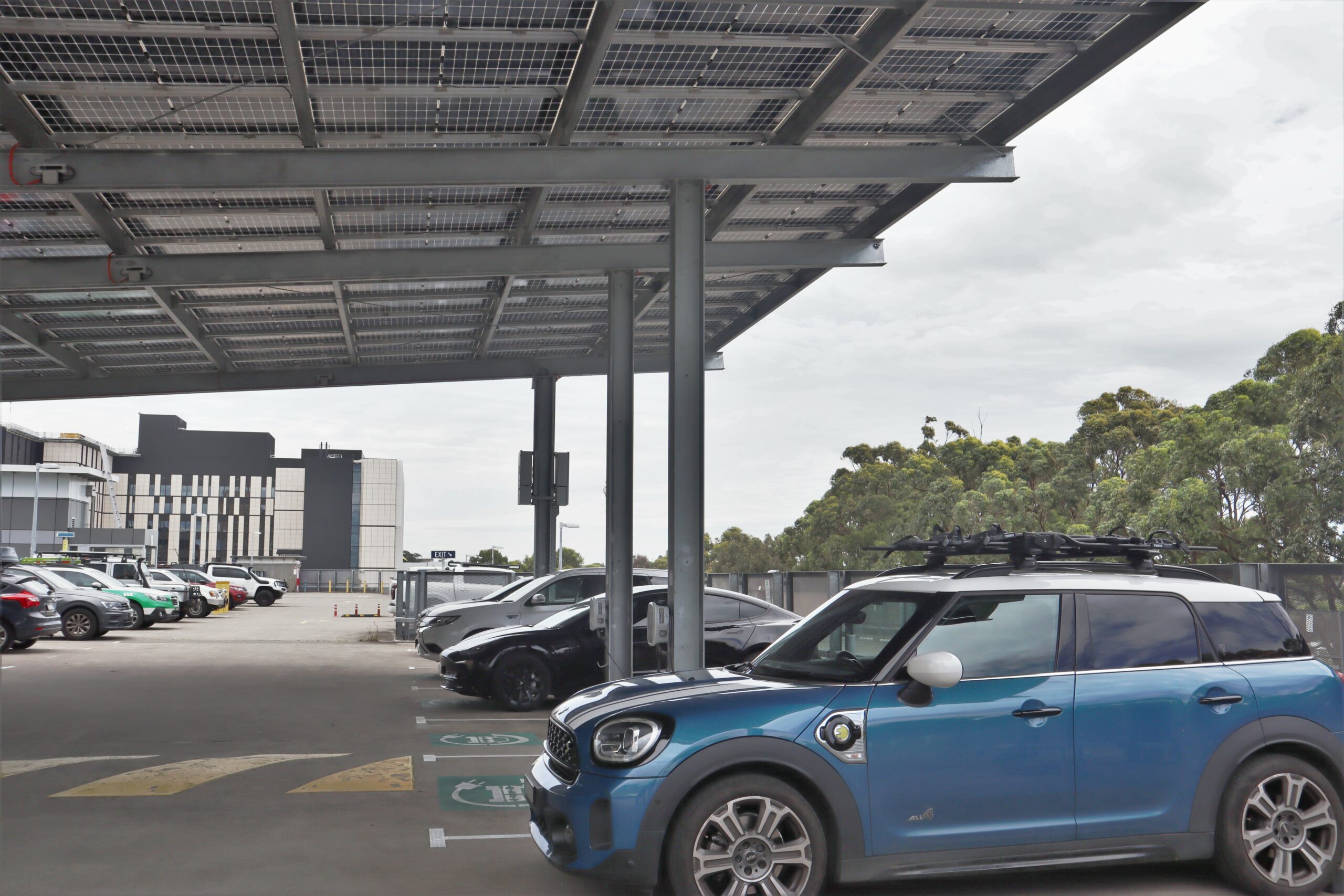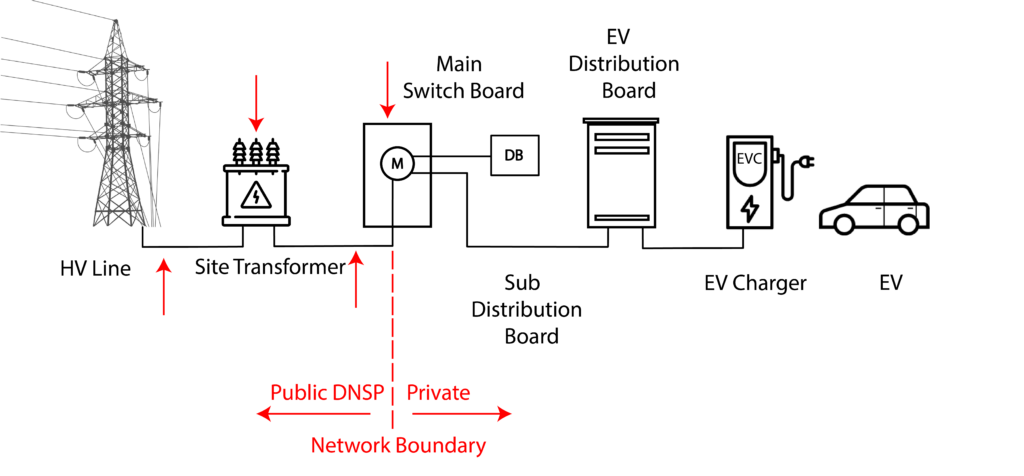Background
The Australian market has started to experience a surge in the adoption of electric vehicles (EV). This is causing EV chargers to be installed in new and diverse locations. The locations at which “topping up the tank” occurs span beyond traditional petrol stations to include homes, offices, council buildings, apartment complexes, shopping centres, and ports.
The use of EVs and chargers create significantly higher energy consumption and instantaneous power draw requirements from the grid, and these pose new electrical grid challenges to sites that operate EV charging facilities, such as power loss or nuisance tripping.
What are grid constraints and why does it matter
Electrical grids are typically designed based on two principles:
- The instantaneous power draw of electrical equipment, such motors and air conditioning units
- The typical usage of the equipment throughout an average day
Grid constraints or limits occur in two sections of an electrical network, public and private. In the public network, the limits are defined and managed by the local distribution network service provider (DNSP). In the private network, they are set by the original developer or builder of the facility and managed by the asset manager of the property.
Figure 1. Description of a typical network boundary illustrates the elements allocated to the public DNSP (left side) and the private building (right side), as well as the critical points in the electrical infrastructure that determine the peak capacity of the specific connection to the grid.
As an example, consider a network consisting of a high voltage (HV) line, the site transformer, the consumer mains cable, and the main switchboard. In this case, the transformer is rated at 1000kVA but the main switchboard at 500kVA, signifying that your specific meter is constrained to 500kVA of instantaneous power. Increasing this limit requires the approval of the DNSP. If the instantaneous power draw exceeds the constraint at any given point, it can lead to nuisance tripping and a loss of electricity supply. In severe circumstances, it can cause a loss of power until key equipment is replaced, e.g., fuses.
When facilitating the installation of EV charging infrastructure, understand the current capacity of your existing electrical infrastructure, and what should be provisioned for future requirements as EV uptake grows. This is important because managing and increasing the capacity of electrical constraints on the private side compared to the public side of the network boundary present sizeably different costs and timelines. As an indication, it may take six months and approximately $100,000 to upgrade your main switchboard. In contrast, upgrades to the public network may occur over 24 to 36 months, costing upwards of $1,000,000.
What are the solutions to dealing with grid constraints?
With EVs representing less than 1% of registered cars on Australian roads today[1], most consumers and businesses are not seeking to electrify all their parking spaces. In most cases, they are simply trying to understand “how many spaces can we electrify today?”
To begin with, develop an understanding of the charging and parking profiles of EV drivers by considering the following questions:
- How many EVs currently use the chargers at your site?
- What distance do people drive in a day or a week, on average?
- At what hours are the vehicles parked each day?
- How does parking behaviour differ on weekdays compared to weekends?
These answers can inform parking behaviour profiles and dictate the amount of energy needed to charge vehicles, along with the total amount of power required at the given location. Note that the substantial power draw associated with EV charging can cause even a small number of electrified parking bays to exceed a site’s electrical constraints.
The section below summarises actions that users and facility managers can complete without the need to engage in lengthy and expensive works with DNSPs.
Solution #1 – Scheduling the charging sessions
The facility manager or site operator can set electricity tariffs to incentivise EV charging at specific times of the day that align with the site’s electricity contract and the spare capacity of the existing private electrical infrastructure. Setting electricity tariffs is a powerful tool that can influence the behaviour of EV users by discouraging the use of the chargers during periods of low electrical capacity.
Solution #2 – Utilising configurable EV charger limits
The facility manager can leverage the in-built functionality of chargers to limit the amount of charging of an EV from the point of connection. Almost all EV chargers include a charge limit controller, an adjustable set-and-forget number which prevents the charger from disconnecting the rest of the site from the grid.

If the solutions listed above do not unlock adequate electrical capacity for your site’s EV charging requirements, we recommend consulting with your local network service provider or an accredited service provider to enquire about available options, given the network capacity and constraints at the site.
Conclusion
As the race to electrify transport networks and systems shifts to higher gears, it will become imperative to safely and cost effectively install electric vehicle charging at homes, offices and at other destinations. Network and grid constraints are some of the most prohibitive when developing or managing EV infrastructure. Failure to manage these constraints can result in nuisance tripping and a loss of electricity supply to the entire site.
EV ownership is still in its infancy and grid related upgrades are often not financially viable. However, EV adoption continues to intensify and the transition from fossil fuel systems to increased transport electrification is underway.
A seamless transition requires an understanding of the charging and parking profiles of EV drivers, the electrical capacity and usage of the existing private and public electrical infrastructure. Furthermore, there are behind-the-meter solutions that limit the instantaneous power draw or shift loads to minimise the risk of exceeding grid constraints.
A combination of these solutions and a flexible, and long-term approach that accounts for a customer’s unique requirements, network constraints, and future demand can optimise the rollout of EV chargers and mitigate the risk of expensive network upgrades.
Interested to find out more? Contact us on discuss@prodiapartners.comor info@gses.com.au
At GSES and Prodia Partners, we work with you to ensure that your transition to zero and low emissions vehicles and EV infrastructure is frictionless.
[1] https://www.carsguide.com.au/ev/advice/how-many-electric-cars-are-there-in-australia-83262




